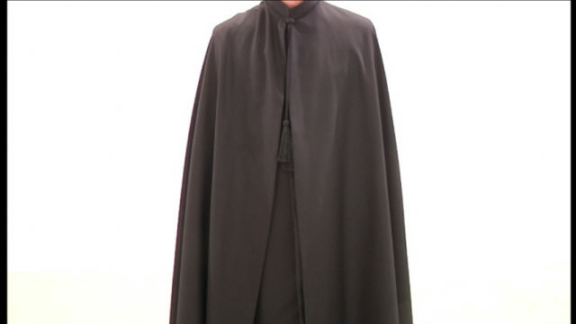
António Olaio
Kuenstlerleben
Sá da Bandeira, Angola, 1963
Notable publications on his work include: I think differently, now that I can paint (published by Centro Cultural Vila Flor, Guimarães), Brrrrain (Culturgest, Lisbon) and O artista é um readymade retificado [The artist is an amended readymade] (Mimesis). Examples of his many group and solo exhibitions are 40 years in a plane, Kenny Schachter conTEMPorary, New York, 2004; Pictures are not movies, at the Filomena Soares Gallery, Lisbon, 2005; and Brrrrain, a retrospective at Culturgest, Lisbon, 2009. In March 2013 he presented The Sorrows of Electricity, a solo show, at the Filomena Soares gallery in Lisbon. In 2005 he published the book Ser um indivíduo chez Marcel Duchamp [Being an individual chez Marcel Duchamp], in which he uses Duchamp’s work as a starting point for exploring the complex relationship between the idea of the individual and artistic creation.
As a result of the development of his work as a performer in the 1980s, he became a singer, working with the group Repórter Estrábico between 1987 and 1992 and, since 1994, with the musician João Taborda, with whom he has released three albums.
In his work across different media, such as painting, video, music, and in their encounters and contaminations, the unifying element is performance. Above all in the way it underlines the performative sense of his conceptual games. Beuys tried to explain paintings to a dead hare, probably as a way of proving that painting cannot be explained. António Olaio is more optimistic and sings to us, believing he can dilute any discontinuity between concept and plasticity.
Olaio’s work creates connections with the legacies of Matisse and Duchamp, conceding equal value to the artistic stance that each one represents. The romantic stereotypes of art and the artist that still hold sway are dismantled through the titles and the words that are spoken, sung or painted, with their irony, humour and use of pun and anecdote. His paintings, video-songs and performative actions are defined by an eclectic style that brings together reflections, quotations, and entertainment and in which there is a layering of formal and semantic ambiguities derived from an extensive use of free association and multiple collages.
António Olaio/Leonor Nazaré
March 2013